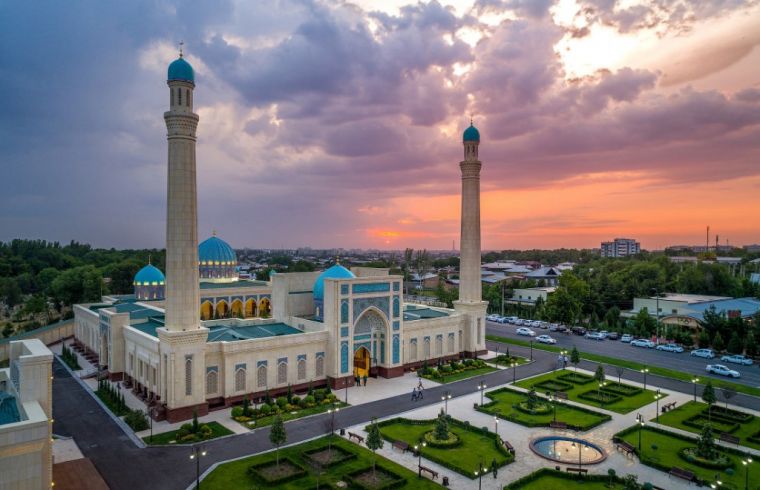Tashkent city
Fajr
05:22
Sunrise
06:40
Dhuhr
12:38
Asr
16:40
Maghrib
18:29
Isha
19:42

12 March, 2025, 12 Ramaḍān, 1446
12 March, 2025, 12 Ramaḍān, 1446


 Iman
Iman  Prayer
Prayer  Fasting
Fasting  Zakat
Zakat  Haj
Haj  Qur`an
Qur`an  Lessons of Islam
Lessons of Islam  Contact
Contact 

